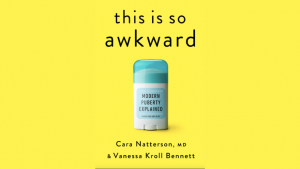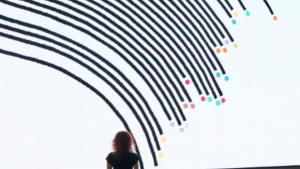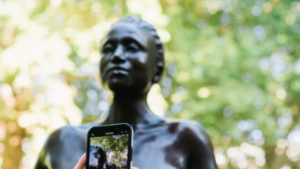Technology is developing at a rapid pace. But, a vast majority of advancements in tech are geared towards the able-bodied population, leaving behind the physically disabled, visually impaired, and more. While this can be seen as exclusionary, it also opens a market for innovations tailored to suit the needs of those left behind. One such innovation makes it possible for the visually impaired to capture memories the same way the rest of the world does: photography.
VizSnap, an application designed by 28-year-old UC Santa Cruz graduate Dustin Adams, allows visually impaired users to take an audio recording of the environment in which the photo is being taken. This allows the user to identify the shot.
Available for free download, the app has already won two prestigious awards. It allows users to recognise the photos, organise them, and share them on social media.
“I like the idea of using technology to help people do things,” Adams says. And of the fact that those with disabilities are often excluded from technological advancements, Adams says it’s an unintentional form of discrimination.
Adams’ inspiration and mentor, UC Santa Cruz Associate Professor of Computational Media and Computer Engineering Sri Kurniawan, says it’s a misconception that blind people don’t take photos.
“Why do we take photos? Some people say it is to remind them of when they were, say, in Paris. But many also say they take photos to show family and friends back home.”
VizSnap allows the visually impaired to do both.







